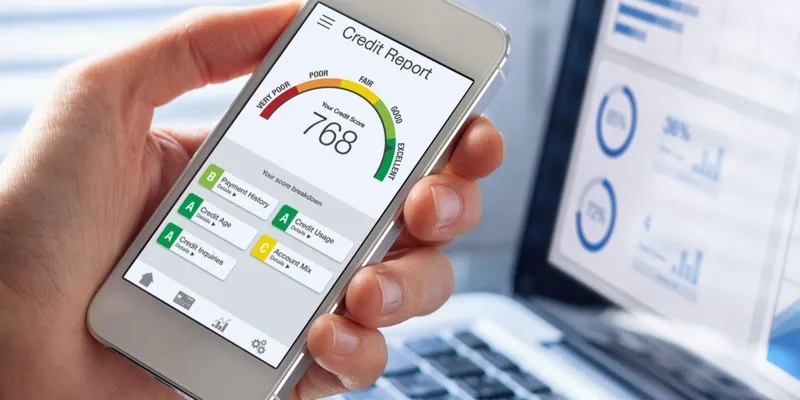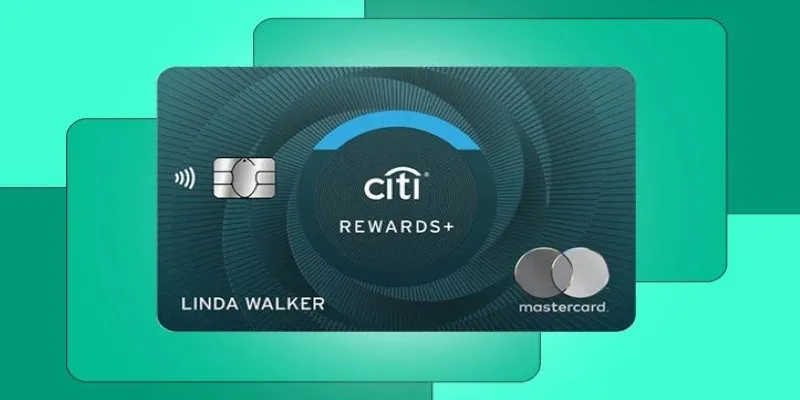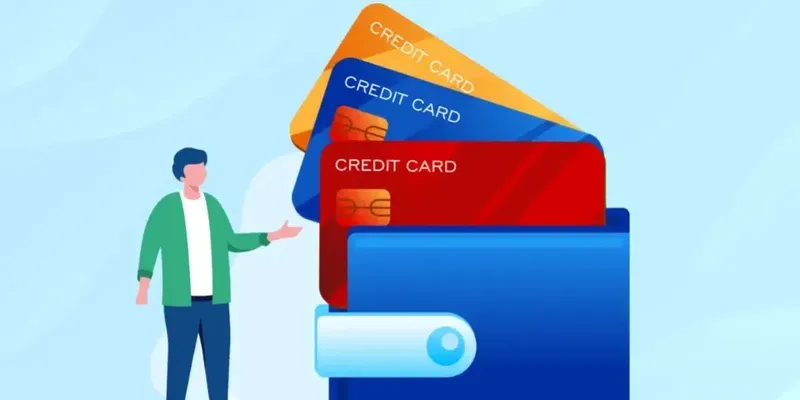How Do Credit Card Issuers Determine Credit Limits
Many individuals wonder how credit limits are determined and what factors influence them. If you’re curious, this comprehensive guide will explain what a credit limit is , how it impacts your credit score, and why it’s significant for your financial future.
What is a Credit Limit?
Your credit limit is the maximum amount a bank allows you to charge on your credit card. For instance, if your card has a $5,000 limit, you can spend up to that amount, including new purchases and existing balances. Over time, your credit limit may change based on how you manage your accounts.
A high credit limit enables more purchases but can lead to overspending. The average American credit limit is approximately $29,855, with limits ranging from $500 to $10,000 per card. Lower limits on certain credit cards can benefit individuals with weaker credit scores.
How is a Credit Limit Determined?

Credit card issuers determine your credit limit through a process known as underwriting. They use specific formulas to assess your financial stability. Each issuer has a distinct method for deciding who qualifies for credit, the interest rate, and the amount of credit granted.
Understanding how credit card issuers set the maximum loan amount can help you better manage your finances and save money. These criteria also influence your interest rate and credit limit when the card issuer establishes your account terms after approval or denial. Here are some common factors considered when determining your card limit:
Credit Information
Credit card providers review your credit history and score when setting credit limits. Your credit history reveals how you’ve managed credit cards and other debts. Credit scores, such as FICO and VantageScore, predict risk for lenders. A good credit score suggests less risk, potentially leading to a higher credit limit. Conversely, a low score may limit your credit options and reduce credit limits on existing cards.
Debt-to-Income (DTI) Ratio
The DTI ratio is the relationship between your income and debts, influencing your credit limit. Calculate it by dividing your monthly loan payments by your gross monthly income. Credit card companies assess your debt capacity based on your DTI ratio. A high credit line may overextend you if your debts are high relative to your income. A low DTI ratio poses less risk.
Credit Utilization Ratio
In addition to your DTI ratio, creditors consider how you manage your credit card accounts. High credit utilization ratios, meaning significant balances compared to limits, can be problematic. High utilization negatively impacts new credit card applications and your credit score, even if you pay on time monthly.
Creditor Relationship
A credit card issuer evaluates your previous business dealings when approving a new account. If approved, the issuer considers past or present transactions when setting your account’s credit limit. Previous defaults or bankruptcy may prevent approval for the same creditor, but you can open a new card elsewhere despite bankruptcy.
Your credit limits on existing cards affect new applications. If you have substantial credit on other accounts, a card issuer might prefer a lower limit. In such cases, you can request the issuer to transfer part of your limit from an older account to the new one.
External Factors
Sometimes, credit limit decisions are unrelated to you. The economy and future expectations influence a credit card company’s willingness to extend credit. For example, during early 2020, many companies reduced credit limits to mitigate risk from clients unable to pay their bills.
New or pending legislation, like the CARD Act of 2009, also impacts credit limits. Some issuers lowered credit lines for users with excessive unused credit to reduce risk.
Maximizing Your Card Limit

If you exceed your credit limit, your card might be declined. Some companies allow over-limit spending and charge a fee. However, many cover this cost, ensuring the fee doesn’t exceed the excess amount.
For instance, Capital One doesn’t charge over-limit fees, and eligible cardholders can be confident their purchases will be approved. You can also opt to prevent spending above your limit to avoid fees. Always consult your credit card issuer about their policies.
Do Credit Limits Affect Your Credit Score?
Your credit utilization rate, the ratio of your credit limit to debt, affects your credit score. Lower utilization is favorable. Higher credit limits can reduce your utilization rate, positively impacting your score. It’s important to note that credit card issuers only update account information with reporting agencies monthly.
After reducing your credit utilization ratio, a credit limit increase can boost your score. Whether you request an increase or your lender offers one, consider its effects on your score. Your credit limit and score are influenced by the same factors. Ultimately, credit card companies base credit limits on your credit score and report.
When used responsibly, credit card limits can help manage finances and build good credit. This involves understanding how credit limits are determined and ensuring timely bill payments. Pay more than the minimum when possible, stay within your limit, and maintain timely payments to increase your credit limit.











